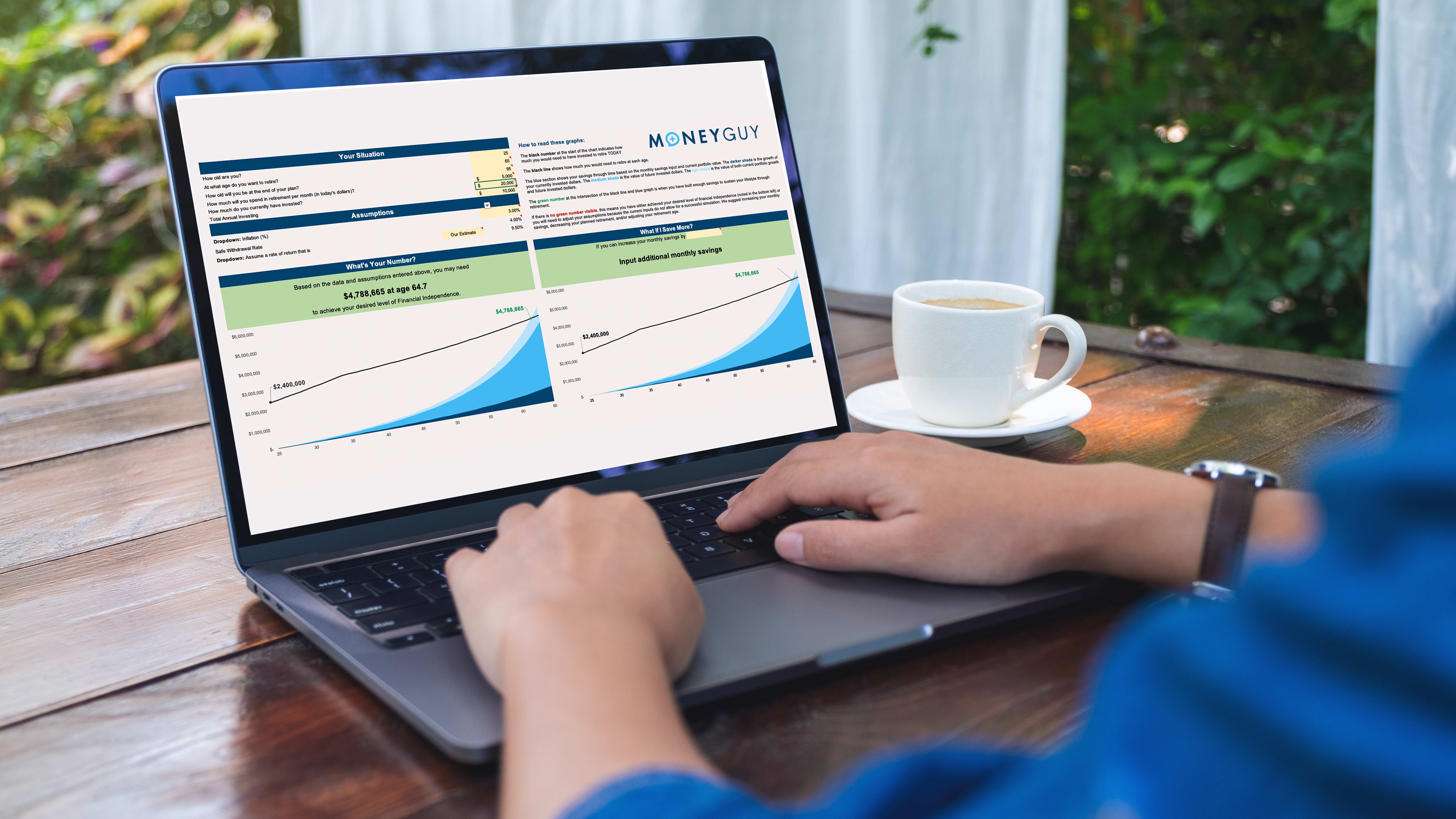
Change your life by
managing your money better.
Subscribe to our free weekly newsletter by entering your email address below.

Subscribe to our free weekly newsletter by entering your email address below.
When I use others’ research I always try to give proper credit to the source. Much of the information and research for today’s podcast comes from Consumer Reports Money Adviser (January 2007 Issue). If you are interested in subscribing click here (Money-Guy.com store).
If you listen to AM radio, watch any of the cable news networks and/or your evening news, or read a newspaper, you have probably heard the following terms: Federal Reserve, Federal Reserve Chairman Ben Bernanke, Inverted Yield Curve, GDP, and Inflation Rate. How many of us really know what these figures and terms truly represent?
I did a seminar last night, “Tips, Tricks, and Secrets to Mastering Your Money” for Gwinnett Federal Credit Union and had a great time and met some really fun individuals. While I was there I had the opportunity before the presentation to ask individuals several pop culture questions and then a few questions on today’s topic, “Economic Indicators and terms”. Listen to the show and you will see that the answers provided were just as I anticipated; most of us know a lot about current events, but very little about what drives the economy and our money.
Let’s clear that up today by providing you with the tools to know what these terms means as well as provide you the chance to educate your friends and family.
The Federal Reserve:
The Federal Reserve, the central bank of the United States, was founded by Congress in 1913 to provide the nation with a safer, more flexible, and more stable monetary and financial system.
Well what does that mean? It means that the Federal Reserve tries to influence the economy, inflation, and substain a healthy marketplace by controling the supply of money. When interest rates are low the Federal Reserve is encouraging us to spend and borrow more money because the cost of money is low (low interest rates = easy access to additional money/funds). When the Federal Reserve feels that the economy is getting too hot and expanding too rapidily they will tighten the money supply by raising interest rates. If you think about this in common sense terms you are less likely to borrow money for a new car or an addition to your house if you feel that interest rates are high. This influence tries to control the natural greed and fear that drives our short-term marketplace.
For those that listened to the “Man About Town” segment:
FYI… Alan Greenspan has retired and the current Federal Reserve Chairman is Ben S. Bernanke
FYI… When the Federal Reserve raises interest rates it causes the value of your existing bonds to go down. The opposite is true when the Federal Reserve lowers interest rates / the value of your existing bonds go up.
The value of the dollar fluctuates compared to other currencies based upon our economy and other factors including interest rates. Common countries that our dollar is compared to include:
The United Kingdom Pound; $1US Dollar = 0.50867 British Pound
The Euro; $1 US Dollar = 0.76851 Euro
The Japanese Yen; $1 US Dollar = 121.004 Yen
Countries that sell a lot of goods in the US, like China, Japan, and the OPEC nations, have tons of dollars. They benefit when our currency maintains its strength, which they help ensure by investing in US Treasuries instead of dumping dollars on the open market.
The yield curve compares short-term and long-term US Treasury interest rates. Normally, debt that matures more quickly should offer a lower yield because your money is tied up for only a limited period of time. In contrast, longer-term debt should earn a higher interest rate because it carries more risk and your money is locked up for the long-term. However, since about February of 2006, the curve has been inverted (meaning that short-term bonds are yielding more than long-term bonds. Inverted yield curves have preceded several US recessions. This is most likely not the case for this market because outside investments from China, India, Japan, and other countries loaded up with cash from exporting goods to us have kept long-term rates lower than usual.
The planning opportunity I see with an inverted yield curve is to stay away from long-term bonds. If you are not going to be paid a premium for locking your money up for the long-term then you should purchase the higher yielding short-term bond funds.
You also need to know with an inverted yield curve that it’s much better to purchase traditional 15 and 30 year mortgages since short-term ARMs and variable products are charging the same or higher interest rates.
Gross Domestic Product :
The gross domestic product is a survey of the monetary value of all finished goods and services produced within the US.
Included in the so-called real GDP, which is adjusted for inflation, are consumer and government spending, capital investments by businesses, and exports minus imports. Experts consider the GDP the best overall measure of the economy’s performance.
2006 GDP:
The 4th quarter GDP numbers shocked everyone when they came in with a 3.5% increase over last year. Most were expecting a continuation of the slowing third quarter that showed only a mild increase of 2.0%. Optimism that has led to recent market gains can be attributed to this positive report because it supports that the economy is strong plus there has been some evidence that inflation is easing (Goldilocks – not too hot, but not too cold…an economy that is just right for continued gains).
The consumer price index, the closest corresponding statistic that measures inflation, tracks changes in prices from month to month and year to year from a group of items including food, shelter, clothing, health care, transportation, and energy. In the last few years the annual increase in CPI (inflation) has been increasing. In early 2004 inflation was below 2%/year, but since then we have been experiencing an increase over 4% in the cost of items.
Remember is you are a safe cash or bond investor inflation is your enemy. If the cost of goods that you are purchasing to live off of rise greater than the interest you are earning you can see how that situation can be devastating over the long-term. This is why I recommend that even retired individuals have a portion of their asset allocation in growth holdings like stock mutual funds to fight off the devastating power of inflation.
Hopefully some of this has been helpful, and I would once again like to thank Consumer Reports for producing such a great tool for individuals with their “MoneyAdviser Newsletter”.
Subscribe on these platforms or wherever you listen to podcasts! Turn on notifications to keep up with our new content, including:


Financial Order of Operations®: Maximize Your Army of Dollar Bills!
Here are the 9 steps you’ve been waiting for Building wealth is simple when you know what to do and…
View Resource
Can This Annuity DESTROY Your Retirement?
Read MoreThe IRS Just Changed the Rules About 401(k)s (What You Need to Know)
Read MoreWealth Multiplier Revealed: The Magic of Compound Interest!
Read More

How about more sense and more money?
Check for blindspots and shift into the financial fast-lane. Join a community of like minded Financial Mutants as we accelerate our wealth building process and have fun while doing it.




It's like finding some change in the couch cushions.
Watch or listen every week to learn and apply financial strategies to grow your wealth and live your best life.
Subscribe to our free weekly newsletter by entering your email address below.